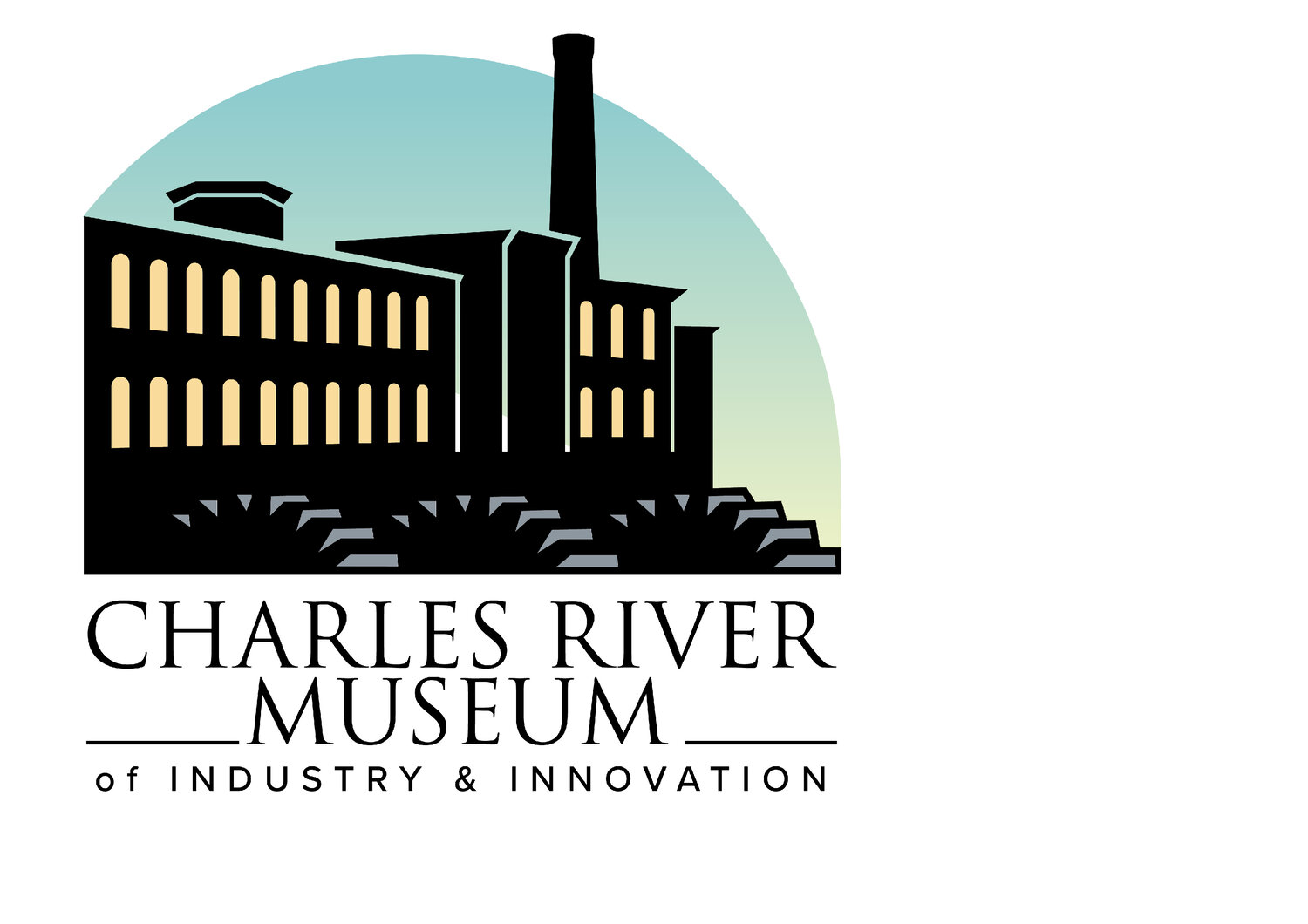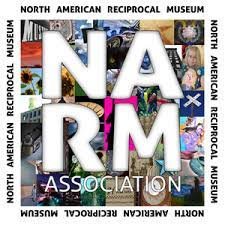Rediscovering Waltham’s Harpsichord History
On exhibit: March 20th - June 20th 2025
in the Nichols Family Gallery
exhibit photos: Gab K De Jesus
Frank Hubbard (right, holding lid) showing one of his harpsichords to members of the Concentus Musicus of Vienna, then on a U.S. tour.
This exhibition explores the rich history of Waltham’s very own
Hubbard Harpsichords.
Founded and operated by Frank and Diane Hubbard, this organization helped make Greater Boston a center of harpsichord building and contributed to the increased use of early instruments in music produced in the 20th and 21st centuries.
Songs that were influenced by this trend include Jimi Hendrix’s Burning of the Midnight Lamp, The Beatles’ In My Life, and Monday, Monday by the Mamas & the Papas.
Why Harpsichords in an Industrial Museum?
Harpsichords are frequently associated with courtly European music. Nonetheless, designing and building these instruments requires great skill, expertise, and hands-on work. The production of harpsichords is both part of the industrial history of this site and an intersection of art, history, musical performance, and craftmanship.
It All Began with a Map.
The founder of our museum, Mike Folsom, indicated on a 1937 insurance drawing of the Boston Manufacturing Company that building 5, the 1873 Picker House, was repurposed as a harpsichord factory.
Below is a sample of the information shared in our exhibition
The Harpsichord
Harpsichords were invented in the late 1300s. This instrument is played by pressing keys that pluck strings to produce a distinct, crisp, and metallic tone. Harpsichords were prominent in European music between the years of 1500 and 1700.
In the 1800s, the use of harpsichords began to decline as the piano grew in popularity. Invented in the 1700s, pianos were able to produce a wider range of volumes and sounds by using a hammer to strike the strings instead of the plucking mechanism described above.
Want to hear a harpsichord?
Listen to videos of former Hubbard Harpsichord craftsman
Hendrik Broekman playing
Removing a jack from a Hubbard harpsichord for display. During the process of assembling and voicing an insturment, each jack would need to be removed and replaced tens of times.
The Harpsichord in Waltham
Interest in early music styles grew during the 1900s. But there was a problem, a lack of instruments. To meet this need, new generations of harpsichord builders began to emerge across North America and Europe. This included the Boston School of Harpsichord Building which consisted of Frank Hubbard and others. These individuals became known for their production of historically accurate antiquated instruments.
Frank Hubbard opened his first workshop on Tremont Street in 1949 with another member of the Boston School of Harpsichord Building, Frank Dowd. In 1957, Hubbard and Dowd moved their operation to the carriage house at Waltham’s Lyman Estate in 1957.
Exterior of the Lyman Estate carriage house
Hubbard van outside Moody St. location.
In 1973, Hubbard expanded their operation to the old Picker House used by The Boston Manufacturing Company.
Located right by our museum, it was vacated after the collapse of cotton textile manufacturing in the Northeast.

















